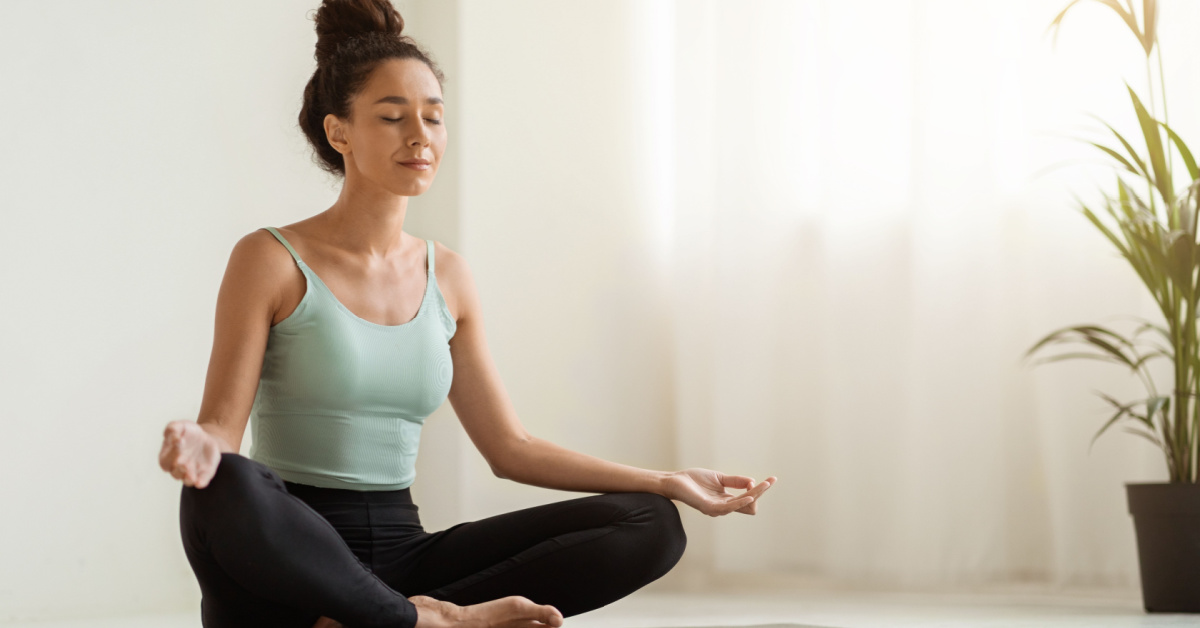The Beginner’s Guide to Meditation and Mindfulness
In the fast-paced world we live in, finding a moment of peace can be a challenge. Meditation and mindfulness offer a way to slow down and connect with the present moment. If you’re new to these practices, here’s a beginner’s guide to set you on the path to greater calmness and clarity.
Understanding Meditation and Mindfulness
Meditation is a practice in which an individual uses a technique – such as mindfulness, or focusing the mind on a particular object, thought, or activity – to train attention and awareness, and achieve a mentally clear and emotionally calm and stable state.
Mindfulness is the quality of being present and fully engaged with whatever we’re doing at the moment — free from distraction or judgment, and aware of our thoughts and feelings without getting caught up in them.
Getting Started with Meditation
1. Choose Your Space
Find a quiet, comfortable place where you won’t be disturbed. This could be a corner of your bedroom, a dedicated meditation space, or even a peaceful outdoor spot.
2. Set a Time Limit
If you’re just beginning, it can help to choose a short time, such as five or ten minutes. As you get more experienced, you can gradually extend your meditation time.
3. Get Comfortable
Sit on a chair, cushion, or mat, making sure your back is straight but not stiff. You can also lie down if sitting is uncomfortable. The key is to find a position where you can remain for a while without getting too distracted by physical sensations.
4. Focus on Your Breath
Close your eyes and bring your attention to your breath. Notice the sensation of air entering and leaving your nostrils, or the way your belly rises and falls with each breath.
5. Return to Your Breath
Your mind will wander. This is normal. When you notice your attention has drifted, gently return your focus to your breath without judgment.
Exploring Mindfulness in Everyday Life
1. Start with Morning Rituals
Pay attention to your morning routine – feel the water on your skin in the shower, taste your food and drink, and notice the sensations as you brush your teeth.
2. Practice Mindful Eating
Eat slowly and without distraction, savoring the flavors and textures of your food, and noticing how it makes you feel.
3. Take Mindful Breaks
Throughout your day, take short breaks to simply breathe and observe your surroundings. It could be a minute of deep breathing at your desk or a brief walk outside.
4. Listen Mindfully
When engaging in conversations, listen with full attention. Notice the pitch and tone of the other person’s voice and the feelings and thoughts that arise in you as you listen.
5. Mindful Observation
Pick an object and focus on it intently. This could be a leaf on a tree, the clouds moving across the sky, or a piece of art. Notice the details, textures, and colors.
Common Challenges and Tips
- Restlessness: It’s normal to feel antsy as you try to sit still. With practice, you’ll find it easier to relax.
- Distracting Thoughts: Thoughts will intrude on your meditation. Instead of fighting them, simply acknowledge them and return to your breath.
- Expecting Immediate Results: Meditation and mindfulness are practices, meaning they improve over time. Don’t expect instant results, and be patient with yourself.
Conclusion
Meditation and mindfulness are accessible tools that can bring a sense of peace and presence into your life. By starting small and being consistent, you can develop a practice that nourishes your mind and soul. Remember, the goal isn’t to empty your mind or achieve a state of eternal calm but to become more aware of your thoughts and feelings and learn to move through them without getting stuck. Welcome to the path of mindfulness.





